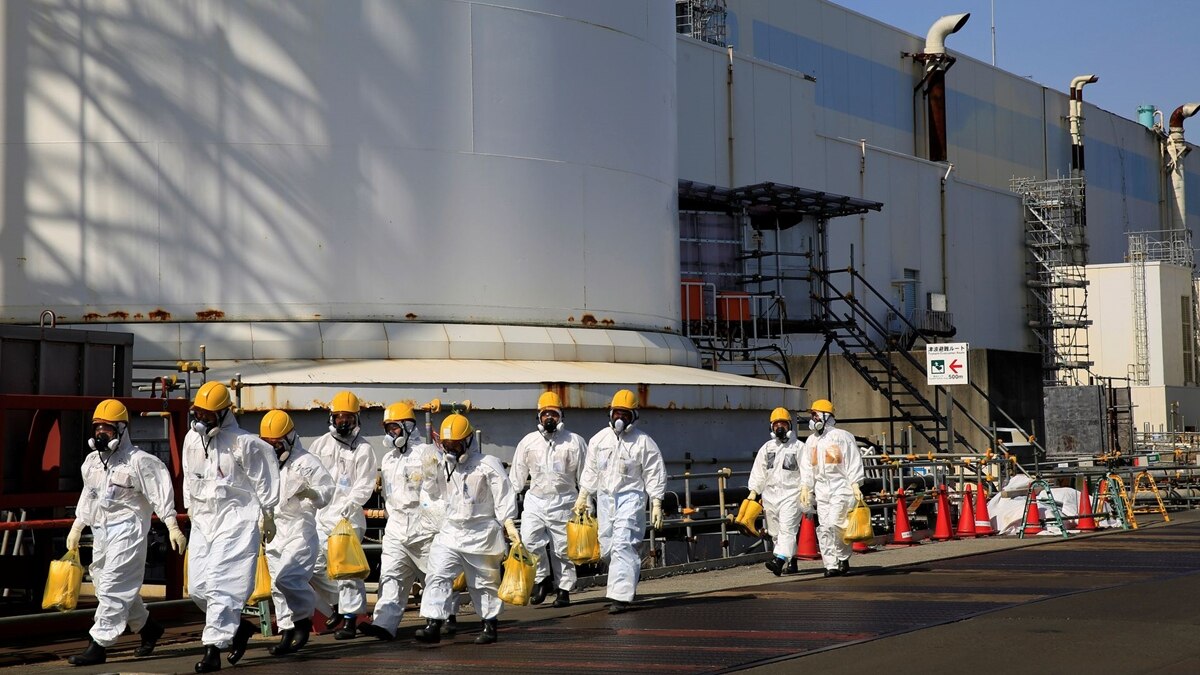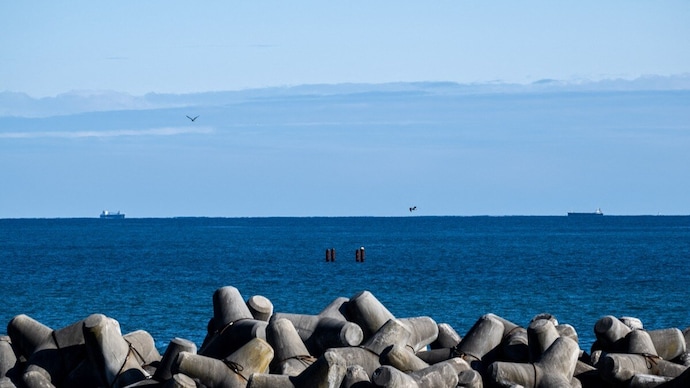
Japan could start Fukushima water release by end of this month: Report
The decision comes 12 years after the devastating earthquake and tsunami that led to the Fukushima nuclear meltdown.

In Short
- Prime Minister Fumio Kishida is meeting with US President Joe Biden
- Kishida plans to explain the safety measures surrounding the water release
- No specific date for the discharge has been confirmed
By India Today Environment Desk: Japan is set to begin releasing treated radioactive water from the Fukushima nuclear power plant into the ocean by the end of this month, according to unidentified government sources cited by Asahi Shimbun daily.
The decision comes 12 years after the devastating earthquake and tsunami that led to the Fukushima nuclear meltdown.
The release is expected to occur shortly after Prime Minister Fumio Kishida's meeting with US President Joe Biden and South Korean President Yoon Suk Yeol in the United States next week.
During this meeting, Kishida plans to explain the safety measures surrounding the water release.
However, no specific date for the discharge has been confirmed, according to top government spokesperson Hirokazu Matsuno.
The International Atomic Energy Agency (IAEA) has given its approval for the plan, stating that it aligns with international safety standards. Both the IAEA and Japan assert that the treated water is safe, but neighboring countries have expressed concerns about potential contamination of food supplies.
The Tokyo Electric Power Company (TEPCO), which operates the Fukushima plant, has been granted permission by Japan's nuclear regulator to commence the water release.
The company has built over 1,000 tanks to store the 1.32 million metric tons of wastewater generated since the 2011 disaster. However, space is running out, and the company argues that it needs to free up space to safely decommission the plant.
The treated wastewater will be diluted to 1,500 becquerels of tritium per liter of clean water before being released into the Pacific Ocean through an undersea tunnel.
This level is significantly lower than Japan’s regulatory limit of 60,000 becquerels per liter and meets international safety and environmental regulations.
Despite these assurances, the plan has met with mixed reactions.
While some experts argue that tritium occurs naturally in the environment and releasing small amounts should be safe, others warn of potential bioaccumulation in the marine ecosystem. Furthermore, local fishermen fear that the release could further damage Fukushima’s global and regional reputation, impacting their livelihoods.
The Japanese government aims to start the water discharge before the bottom-trawling fishing season begins off Fukushima in September.

